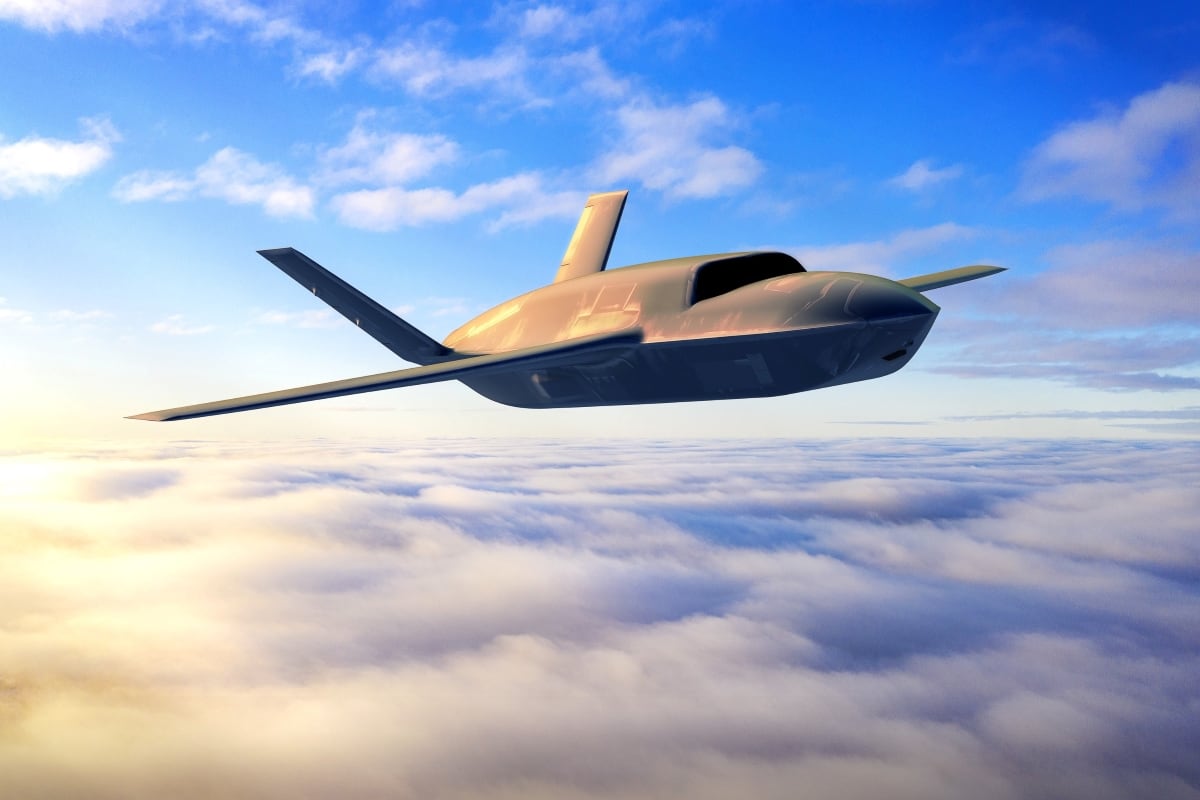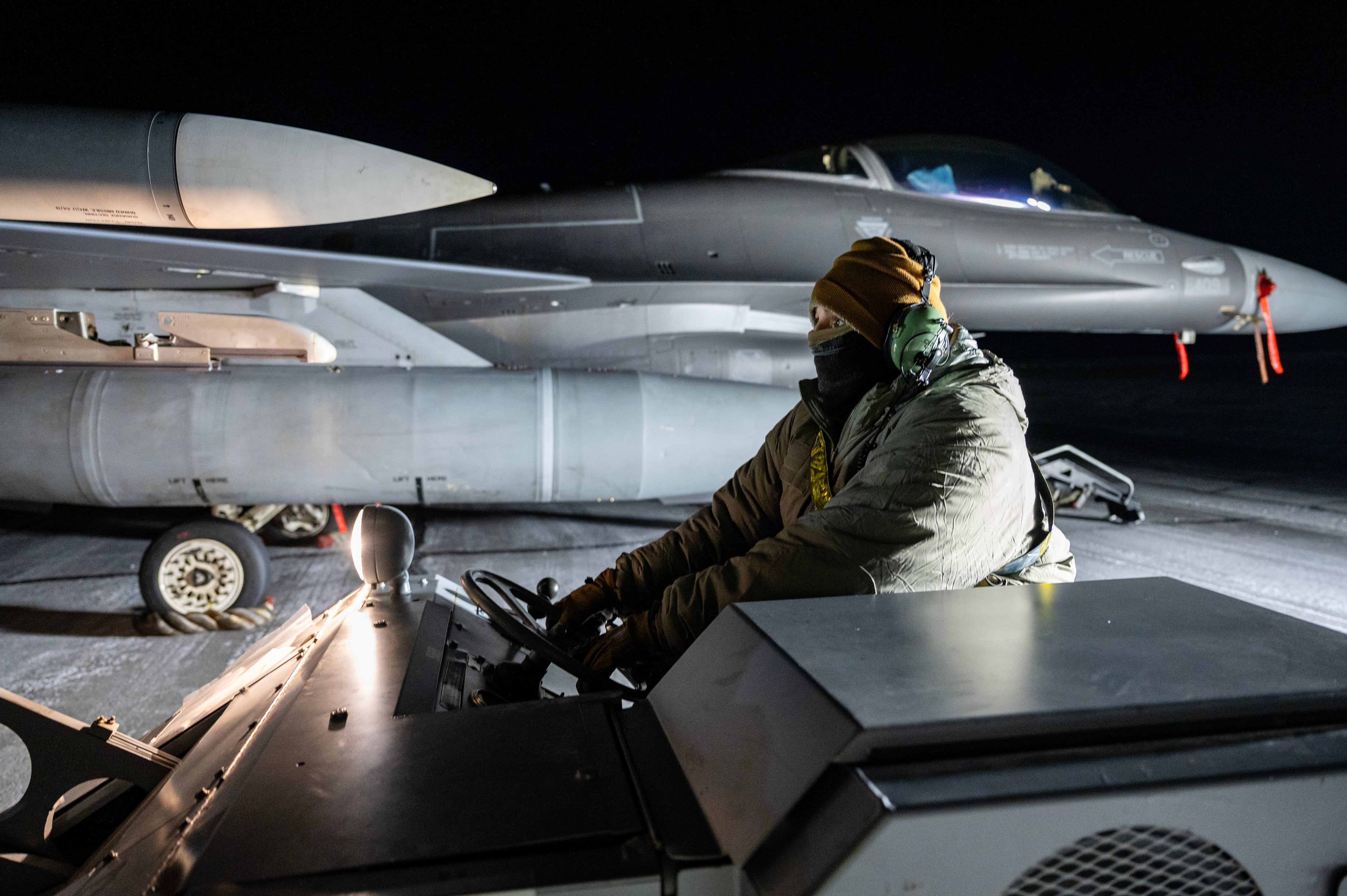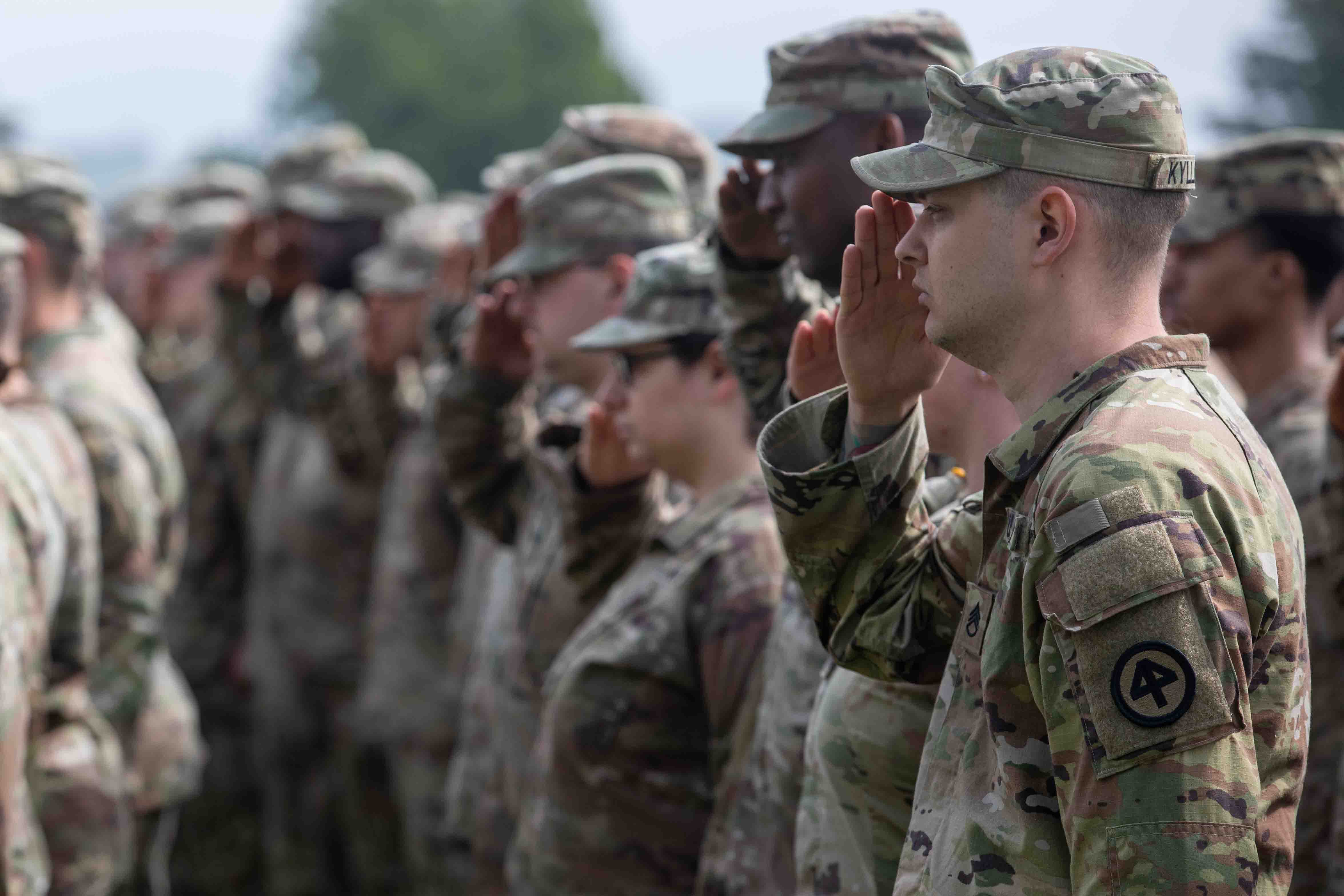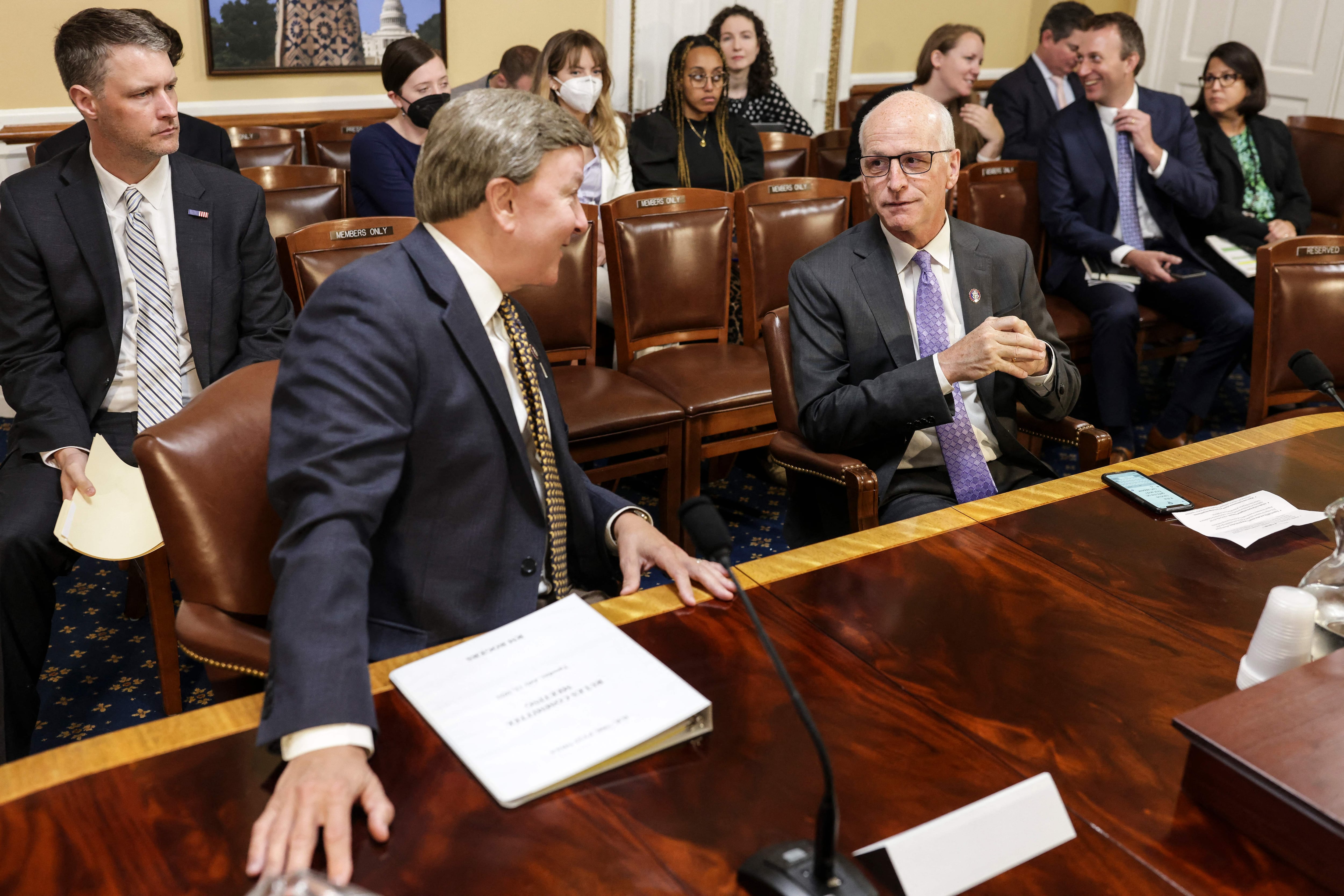As Defense Department leaders build their fiscal 2026 budget request, they must prioritize Air Force modernization. Three decades’ worth of chronic underfunding, paired with high combat demand, have worn the service’s aircraft so hard that the capacity and capability of the Air Force have declined to dangerous levels. It is well past time for a reset. Top leaders will only be able to successfully deter and, if necessary, defeat adversaries if they have sufficient and capable forces to do both. Collaborative combat aircraft (CCA) will be a key part of that force mix, given their ability to empower enhanced concepts of operation, field at scale and dynamically evolve as required to meet new threats. However, realizing that vector requires an infusion of funding.
Ever since the end of the Cold War, budget reductions have significantly eroded Air Force aircraft inventories. Fighters and bombers are down by over half and mobility forces are too small. As Air Force Chief of Staff Gen. David Allvin recently explained, “Our aircraft fleet is smaller and older than any time in history.” Historically low readiness levels — 62% in 2024 — further erode those numbers.
To make matters even more challenging, past defense leaders curtailed key modernization efforts like the B-2, F-22 and F-35 — the very capabilities that are essential for a modern fight. The service was forced to acquire only 21 B-2s, not the 120 required; only 187 F-22s, not the 750 originally stipulated; and F-35 procurement rates have never hit planned numbers. According to original production forecasts, the Air Force should have possessed 800 F-35s by 2020, but it ended up with just 272. The situation has not improved in subsequent years. If a fight with China erupted tomorrow, we possess insufficient numbers of combat aircraft. Our commanders need more to successfully execute their war plans.
Air Force leaders have long known about these challenges and that is why they have pushed so hard for rapid, sizable buys of types like the B-21 and long articulated that the minimum fighter buy of F-35s and F-15EXs must hit 72 per year. Speed and scale are also crucial for the procurement of the F-47 penetrating counter-air fighter and CCA.
The goal of developing CCA is to provide affordable mass for combat missions, but these aircraft also have the potential to empower new concepts of operation that promise to dramatically decrease overall sortie risk and improve the success of U.S. operations. CCA can be integrated into operations in ways that can degrade adversary situational awareness, disrupt their war plans and compel them to expend their weapons in ways that benefit U.S. forces. For example, CCA might “soak up” enemy missiles to buy down the threat for manned types like the F-47, F-35, F-22 or B-21.
Core to these concepts is a large variety of CCA designs that are low-cost and produced at high volumes. This will allow commanders to employ these aircraft in ways they would never risk a manned combat aircraft.
When operating as part of a human-led formation, CCA can also boost lethality by increasing the number of weapons available to U.S. forces. Paradigms also exist where CCA can increase battlespace awareness and survivability by bringing more sensors into the fight and sharing this data with the broader force.
The net effect is that human-machine formations can present dilemmas to the adversary, complicate their targeting and enhance human survivability.
But the best value of manned-unmanned teaming fundamentally lies in maximizing the strengths of autonomy and human cognition together. Formations of CCA can use machine-to-machine data exchanges to speed decision-making in complex environments, responding faster than humans. People, however, excel in making decisions through uncertainty, improvising when presented with novel information and both can respond to surprise by acting in unique ways. The collaborative sum of this complementary paradigm is far greater than its individual parts.
However, for CCA to succeed — along with the rest of the Air Force’s modernization portfolio — Defense Department leaders and Congress must provide ample, timely funding. This has not happened in decades — that is why there is a modernization and readiness crisis. Whether looking at the 2024 budget deal that capped defense spending, shortfalls driven by the year-long continuing resolution or the fact that aggressive inflation has eroded Air Force buying power — funding is failing to keep pace with demand. Nor is this a new development. Consider that the Army received over $1.3 trillion more, and the Navy more than $900 billion, than the Air Force in the 20 years after 9/11. It is time for a rebalance that prioritizes Air Force airpower at the scale and scope that the threat environment demands. Defense Secretary Pete Hegseth’s 8% budget rebalance effort may provide such a pathway.
President Donald Trump has clearly articulated his national security vision: peace through strength. For that goal to be realized, America needs to rebuild its Air Force. CCA will be a crucial component of that modernized force. The fiscal 2026 defense budget is the place to stop the decline in the size and capabilities of the Air Force and begin its rebuilding.
Douglas A. Birkey is the executive director of the Mitchell Institute for Aerospace Studies. Heather Penney is the director of research of the Mitchell Institute for Aerospace Studies.





